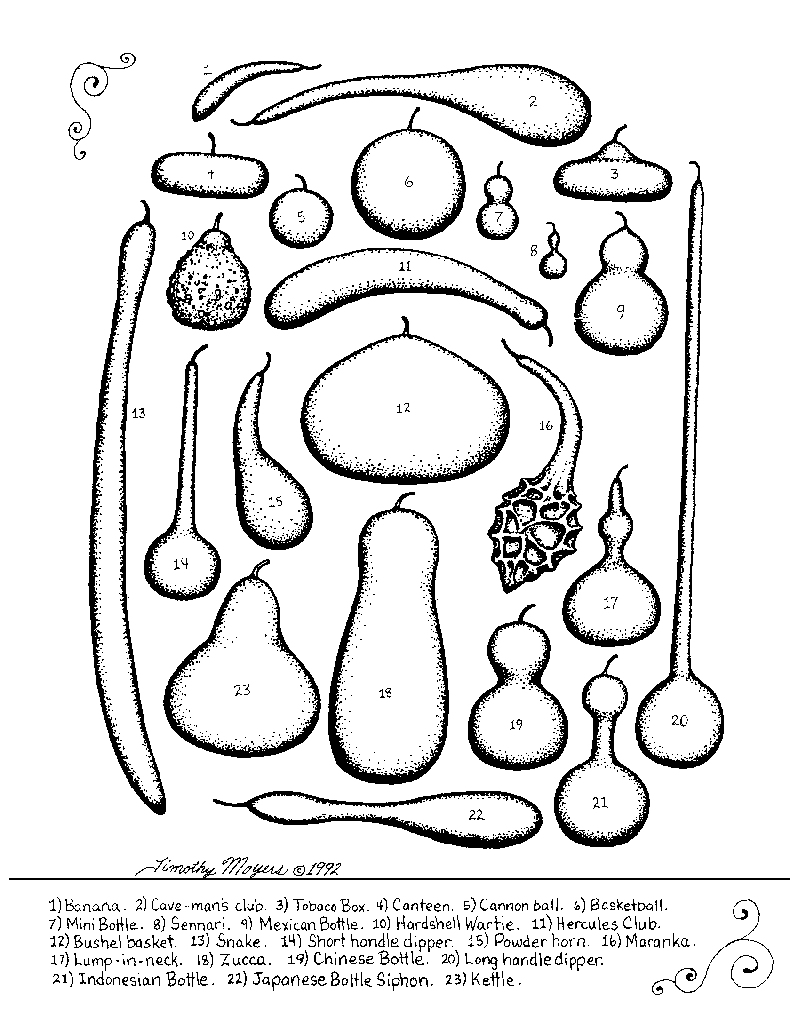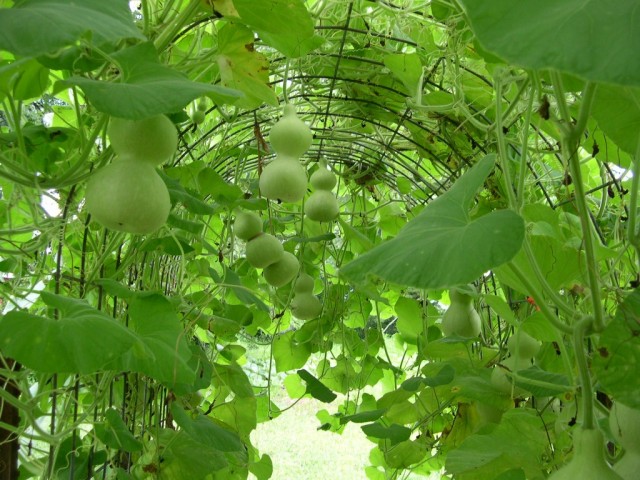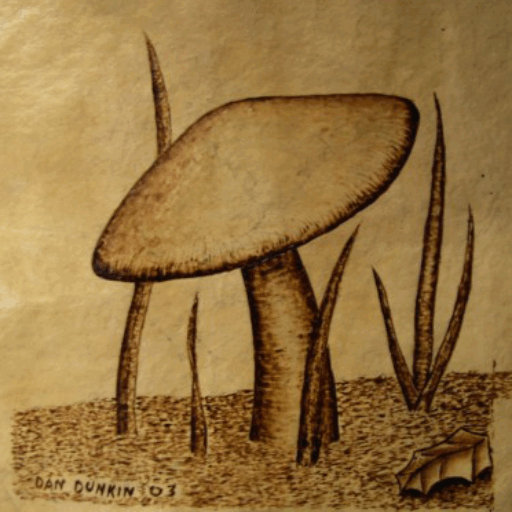Creek Indians
The Gourd Reserve is dedicated to the education of Gourds for functional use, as well as pieces of art. They have been around since the dawn of time and man through out the ages has used them for utility purposes as well as for decorative purposes, and even crafted as bird houses which is perhaps what they are most commonly recognized as today. Beyond being utility vessels, they are also a 3D art canvas now being favored by many fine artists around the world. Their use as an art canvas, their use by Creek Indians as purple Martin Houses, and educational books on gourd crafting and arts.
Creek Indians and Gourd Houses
The Creek Indians have a rich tradition of using gourds to create purple Martin houses, a practice steeped in cultural significance. These gourd houses not only provide shelter for the birds but also symbolize the harmonious relationship between nature and human ingenuity. The craftsmanship involved in transforming simple gourds into functional birdhouses reflects the deep respect the Creek Indians have for their environment.
By preserving this tradition, the Creek Indians continue to honor their ancestors and maintain a connection to their heritage. The use of gourds in this manner highlights the versatility and importance of these natural vessels in indigenous cultures, offering a glimpse into the past while enriching the present.
Purple Martin Gourds
Birdhouse Gourds
Contributed Courtesy of Scott Nelson

A Brief History of the Purple Martin
Twelve thousand years ago, before the first human beings arrived in the New World over the Bering Land Bridge, Purple Martins were a dramatically different bird than they are today. Back then, martins nested only in the abandoned nesting chambers of woodpeckers, or in the other natural cavities they could find in dead trees or in cliffs. Today, east of the Rockies, martins nest only in human-supplied housing; either in elaborate bird house condominiums known as “martin houses,” or in natural or artificial gourds.
Why did Purple Martins stop nesting in their ancestral ways? Perhaps by accident Native American Indians discovered that martins could be lured into their villages by hanging up gourds with holes cut in their sides. (actually, the Indians cut square holes rather than round holes)
Over hundreds and perhaps thousands of bird generations martins gradually gave up their ancestral ways in a process now known as a “behavioral tradition shift.” Here’s how the tradition shift may have occurred: First, a pair of martins probably tried nesting in a long-handled dipper gourd hung near a pond by natives as a drinking utensil. When the Indians discovered this curiosity, they may have been amused and started hanging other gourds for martins around their campsites.
Because they were nesting near humans (where predators are scarcer) and nesting in chambers far larger than woodpecker cavities, these martins were able to lay more eggs and successfully raise more young to fledging age than martins nesting in natural cavities. It would have been adaptive for the surviving young from these gourd nests to seek them out for nesting sites when they became breeders the following year. Concurrently, the Indians may have discovered other benefits, uses, and pleasures from having martins nesting in their company. For instance, documents from the 18th and 19th centuries suggest that these early Americans attracted martins to their villages because they functioned like scarecrows, chasing crows away from their corn patches, and vultures away from their meats and hides hung out to dry. Additionally, they consumed huge numbers of insects, fie. flies, mosquitoes and other annoying bugs draw to the rubbish/human waste areas around the village. The mutually-beneficial relationship established then, still exists today.
It’s fun to speculate what additional benefits these Native Americans may have derived from their custom of martin attraction. Perhaps martins were like alarm clocks, since they begin singing so early and regularly in the morning. Maybe they were like both radios and televisions, since they continually sing such pleasant songs and their behaviors are so entertaining to watch. They certainly would have been like calendars, since every phase of their annual cycle (from arrival, territory establishment, nest-building, egg-laying, hatching, fledging, and departure) is done on a regular and predictable schedule. They may have been like watchdogs, since they are notorious for giving alarm calls when predators or strangers approach.
There is also evidence suggesting that Native Americans may have used the pulverized bodies of martins as moth balls to protect their furs from the ravages of insect vermin during summer storage.
Perhaps for some (or all) of these reasons a cultural tradition began and other native tribes took up the habit of hanging gourds for martins. Gradually, over time, more and more martins chose gourds for nesting, and fewer and fewer chose natural cavities.
When the European colonists arrived in the new world they too adopted the Indian custom of hanging gourds for Purple Martins, but they also supplemented them with ceramic gourds and wooden martin houses. Eventually, by the early 20th century, the entire eastern race of Purple Martins nested only in human-supplied housing, and the tradition shift was complete.
Today, east of the Rockies, Purple Martins are the only bird species totally dependent on humans for supplying them with nesting sites. And they have been managed by man longer than any other North American species.
If humans were to stop supplying martins with homes, they would likely disappear as a breeding bird in eastern North America.
So you gourder’s keep growing gourds, and hanging them up for our purple friends. I can’t think of a better use for gourds, can you?
– Scott Nelson
Most of this information was gleaned from the Purple Martin Conservation Association.

One of our visitors and a reader and fellow experimenter in drying techniques has clean and dried Apple Gourds in just 10 days. If you are not familiar with our drying experiments, please make yourself familiar with them by reading the Gourd Report Vol 1 before toasting one of your prize gourds.
Creek Indians in America used gourds for centuries as Purple Martin Bird houses as well as for storing and protecting their corn from the animals. Purple Martins eat flying insects captured in flight, including many larger flying insects which has led many farmers and rural homes to make Purple Martin gourds to attract them. The Creek Indians realized this and for centuries they grew large kettle shaped gourds for the purpose of housing Purple Martins for insect control. As a result, many wild Purple Martins are already accustomed to using gourds for nesting, so much so there are companies producing plastic Purple Martin house gourds in hopes that these birds will not distinguish between plastic look alike and the real thing. Once Purple Martins have adapted a suitable nesting ground, as long as their homes are taken care of, cleaned or replaced yearly, they will return along with the next generation. Some Purple Martin lovers literally have an annual nesting of 100’s to 1,000’s of Purple Martins. One of the most interesting aspects of Purple Matins is they are the only bird in North America that has developed a total dependency on Humans for their existence. Without humans providing nests for Purple Martins, they would rapidly become a rare, if not extinct bird in America due to a loss of their nesting places. Before humans provided them nesting homes, they used old woodpecker nests, but woodpecker nests are normally only found in standing dead trees which which now are generally cut down and cleared by man for new growth or for fire wood.
We hope you take time to explore our site and view some of the beautiful artwork that turns these gourds from a utilitary device to a beautiful piece of home decor fit for even the finest art collections.
